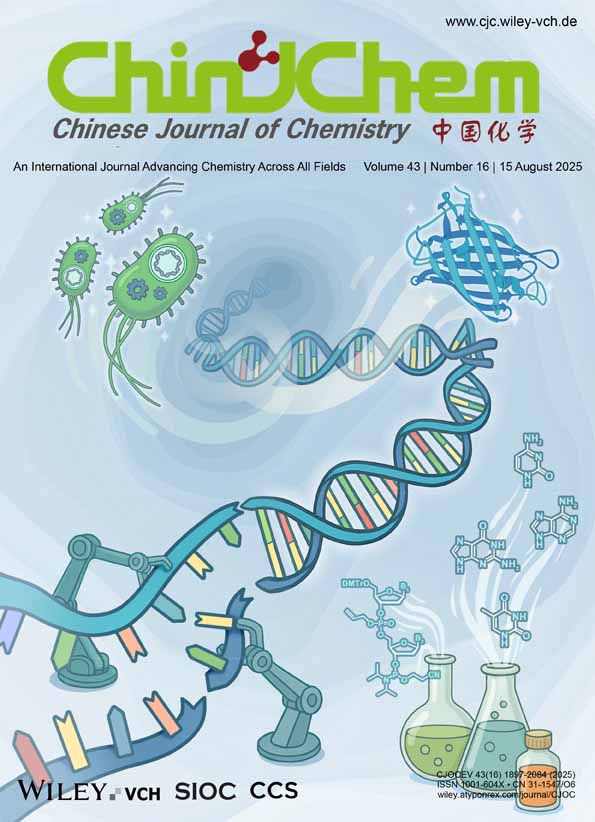Interactions of Safranin T with Nucleic Acids
Abstract
The interactions of Safranin T (ST) with several nucleic acids have been investigated by electrochemical, UV-visible and CD spectroscopic techniques. The form of the nucleic acid-ST complexes is sensitive to the ratio of the two species. Two electrochemically inactive complexes such as, nucleic acid-ST and nucleic acid-2ST, were formed while ST interacts with nucleic acids. Two processes were obtained from spectral experiments: (1) at the high value of R (R is defined as the ratio of the total concentration of ST to that of nucleic acid), ST is groove-binding with stacking, (2) at the low value of R, ST is groove-binding without stacking. Intrinsic binding constants were obtained by spectral methods. The experiments also show that electrostatic binding plays an important role in the interaction of ST with nucleic acids.




